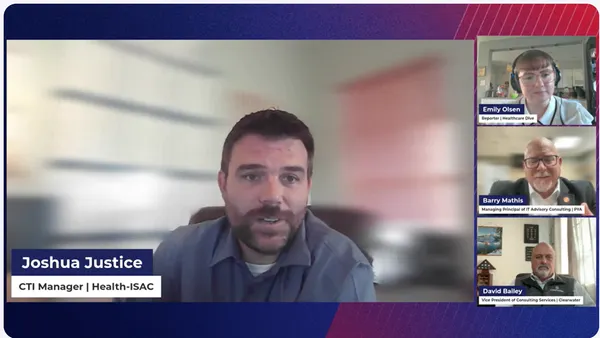Dive Brief:
- Some Florida hospitals are trying to alleviate the problem of emergency room “super users” by coordinating care and focusing on patients with chronic illnesses.
- Halifax Health Medical Center in Daytona Beach is employing caseworkers to help "frequent flyers" find primary care physicians. Halifax started a clinic providing follow-up care to congestive heart failure patients that seek treatment in the ER; its ER also sends patients with diabetes, substance abuse, skin infections, mental illness and chronic obstructive pulmonary disease to the clinic.
- Both Halifax Health and Florida Hospital, also in Daytona Beach, are opening primary care and urgent care clinics across the region to improve people's access to care.
Dive Insight:
The American College of Emergency Physicians asserts non-urgent patients comprise less than 8% of the 136 million people heading to ERs annually in the U.S. But the research — and anecdotal evidence — seem conclusive: Americans seek lots of non-urgent care in emergency departments. A few years ago, researchers estimated in Health Affairs that up to 27% of all ER visits could take place at alternative sites (i.e., urgent care centers and retail clinics) for a potential cost savings of about $4.4 billion annually.
Hospitals' efforts in trying to direct habitual ER users to more appropriate care are widespread and growing. A hospital in Iowa decreased ER visits by more than two-thirds for about 100 super users with its "consistent care" program started in 2012. That program identifies patients visiting the ER 12 or more times annually, connects them with PCPs and coordinates visits with doctors, home care and mental health care. A hospital in North Carolina decreased ER expenses by getting primary care, behavioral health services and a nurse case manager to super users through bi-weekly health clinic visits.
According to experts, achieving cost savings requires a multi-pronged approach: more streamlined care within ERs, methods to prevent hospital admissions for patients already in ERs, and pathways set up to manage non-urgent visits outside of ERs. They argue that focusing only on diverting non-urgent ER visits elsewhere won't lead to substantial savings to the system or to meaningful improvements in care.













